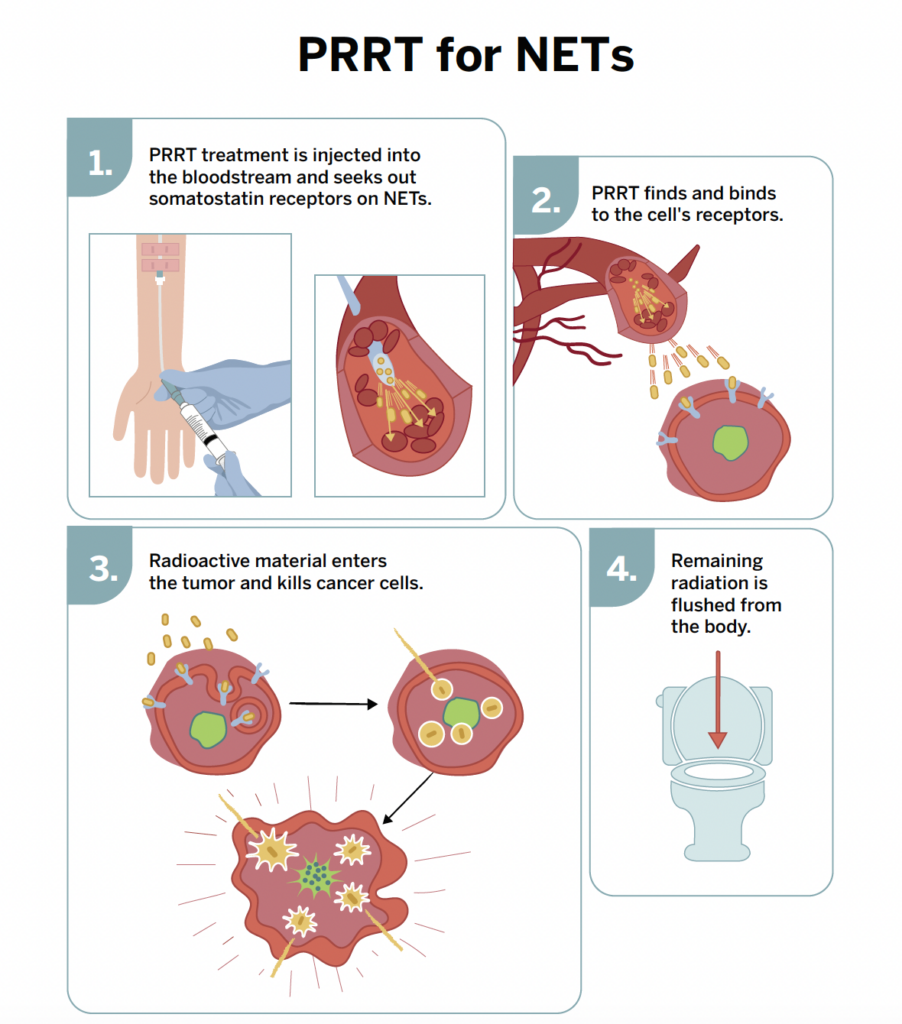- Home
- About NETRF

About
NETRFThe Neuroendocrine Tumor Research Foundation directs your individual donations to breakthrough scientific research. Since 2005, we have funded $37.6 million in research projects. The Neuroendocrine Research Foundation is a 501(c)(3) organization, so all donations are fully tax-deductible to the extent allowed by law. We are grateful to you for your generosity.
- For Patients
- Our Research

For Researchers
The Neuroendocrine Tumor Research Foundation directs your individual donations to breakthrough scientific research. Since 2005, we have funded $37.6 million in research projects. The Neuroendocrine Research Foundation is a 501(c)(3) organization, so all donations are fully tax-deductible to the extent allowed by law. We are grateful to you for your generosity.
- Get Involved
- Events




